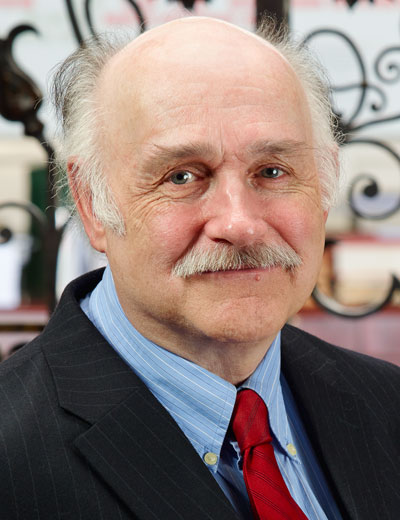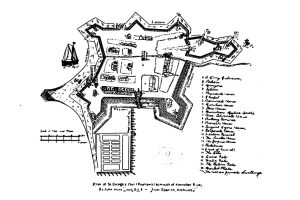Recently a patron asked me why he was unable to find information on his ancestors who arrived before the Mayflower. I explained that Plymouth Colony was the first permanently settled colony in New England. What I told him was technically true, but I later discovered that an earlier colony had been established in Maine. During the late sixteenth and early seventeenth centuries, England, France, and Spain all had their eyes on the New World, hoping to take advantage its great wealth of resources.
Explorers had visited this area of the Maine coast many times, but the history of what would become known as the Popham or Sagadahoc Colony really began with the voyage of Captain George Weymouth to the mouth of the Kennebec River in 1605. Weymouth scouted the area of the Kennebec, noting the rich forests, fields, and streams strong enough to power mills. Making friends with the natives, he subsequently betrayed them by abducting five of their number and conveying them to England.
The arrival in England of Captain Weymouth with his captives created quite a sensation. Sir Ferdinando Gorges, a favorite of the king’s, took three of the Indians into his own home. Sir John Popham, Chief Justice of England, became guardian of the remaining two. After learning the English language, they were able to confirm all that Captain Weymouth reported. It was this information that led the way to the settlements of Jamestown, Sagadahoc, Plymouth, and Massachusetts Bay.
Encouraged by their promising accounts, Gorges obtained a grant on 10 April 1606 from King James I for territory in Virginia and all land north to the St. Lawrence River. He enlisted Popham in his scheme and with the support of others arranged for the settlement of two plantations in America.
Organizers of the First Colony, which was undertaken by certain noblemen, gentlemen, and merchants in London, sent a ship to southern Virginia, the future Jamestown Colony, on 20 December 1606. In their enthusiasm to establish the Second Colony, Popham and Gorges dispatched a ship to the new world in August of 1606 but it was captured by hostile Spaniards.
[The] experiment was an unfortunate failure...
Undaunted, Popham and Gorges sent two more ships to Maine on 31 May 1607 with 150 men and boys on board which arrived on 8 August. It is said that the first sermon conducted in New England was given shortly after their arrival. It was also claimed that the first ship constructed in New England was built in the Popham Colony and sailed to England a year after its settlement. This claim has since been disputed.
In any case, the experiment was an unfortunate failure. A few months after their arrival some of the settlers returned to England. Interestingly, the colony did not experience the severe famine and disease that decimated Jamestown and Plymouth in the first winter. The death of one of their leaders, George Popham, the failure of the colony to be financially self-sufficient, and the harsh winter climate convinced the remaining population to return to England the following year.
While in Maine, they did have some successes. They built a fort and managed to ship some sassafras and timber, but the spices they desired and the metals and minerals they expected to mine failed to materialize.
As a side note, the actual location of the fort was unknown for more than two hundred years. In 1888, a researcher for an American diplomat discovered in a government archive in Madrid a map of the fort drawn by a Popham colonist. Most likely it was taken or copied by a Spanish spy shortly after its arrival in England. Surprisingly, there was little or no interest in the map until 1995. Using the map as a guide, an archaeological dig discovered the fort two years later.
My initial interest in Popham was the possibility of another colony in New England preceding Plymouth. However, learning of the role that the Popham Colony played in the establishment of the future settlements in America became an even greater interest to me.
Sources
Parker McCobb Reed, The History of the Lower Kenebec (Bath, Maine: Sentinel and Time Print, 1889), https://babel.hathitrust.org/cgi/pt?id=hvd.32044086336690;view=1up;seq=5
The Popham Colony, A Discussion of its Historical Claims with a Biography of the Subject (Boston: Press of Alfred Mudge and Son, 1866), https://books.google.com/books?id=9gCHR4-Y0JEC&printsec=frontcover&source=gbs_ge_summary_r&cad=0#v=onepage&q&f=false
Myron Beckenstein, ‘Maine’s Lost Colony,’ Smithsonian magazine, February, 2004
Maine Historical Society, https://www.mainehistory.org/online_resources.shtml
Share this:

About Tom Dreyer
Tom has a Bachelor’s degree in Business Administration from Boston University. He has been a genealogical researcher for the past thirty years. His areas of interest are New England, Nebraska, Missouri and GermanyView all posts by Tom Dreyer →
